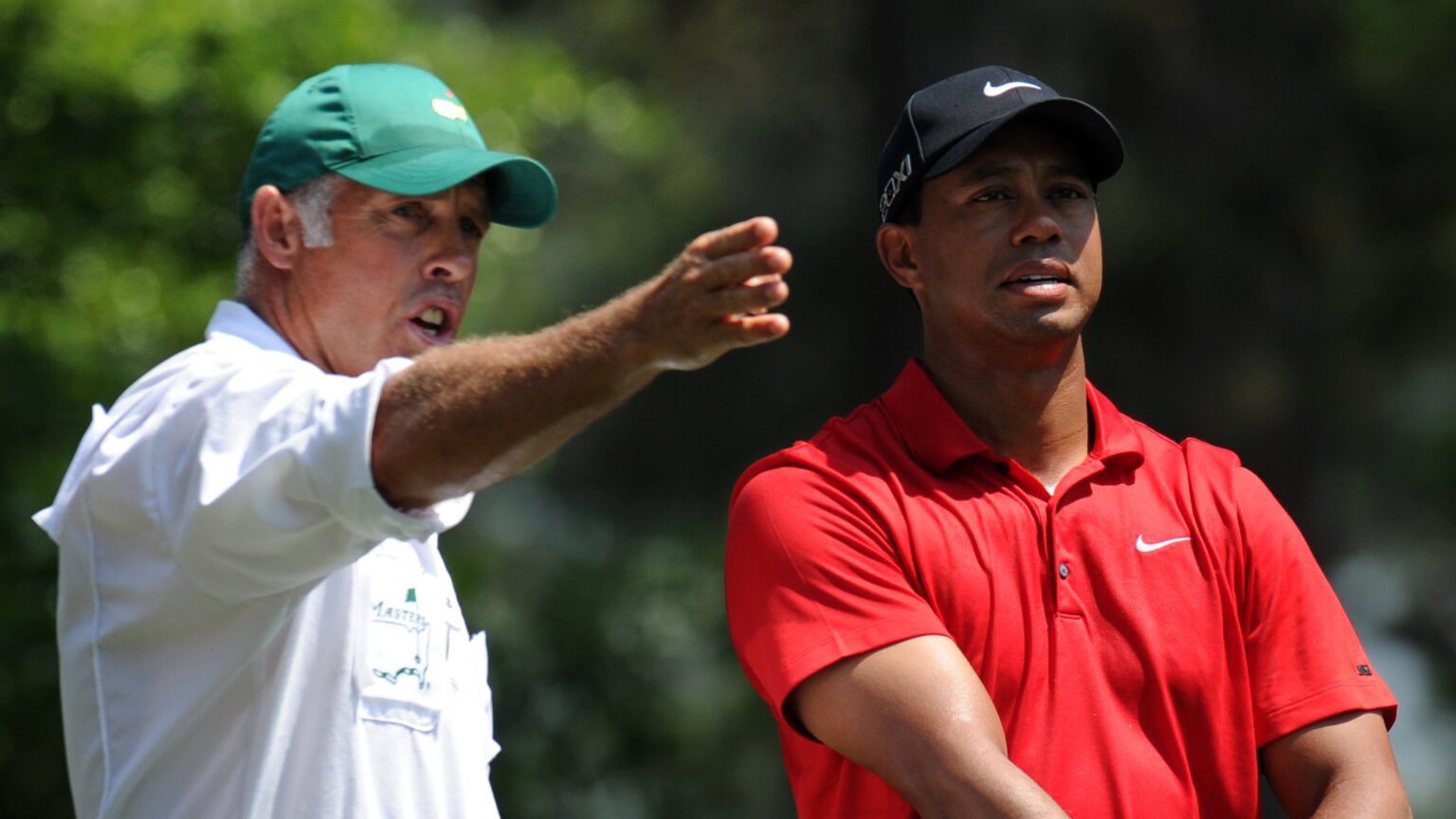The Unique Caddie Strategy: How Steve Williams Managed Tiger Woods’ Adrenaline
1. Introduction to the Player-Caddie Dynamic
In the world of golf, the bond between a player and their caddie can make or break a round. Few partnerships have been as effective as that of Tiger Woods and his former caddie, Steve Williams. The duo not only shared victories but also developed a unique understanding that allowed them to navigate the pressures of competitive golf. One intriguing aspect of their relationship was Williams’ approach to managing Woods’ adrenaline during high-stress situations, which he revealed in a recent podcast interview.
2. The Significance of Emotional Awareness on the Course
Caddying goes beyond merely carrying clubs or offering technical advice; it requires keen emotional intelligence. Steve Williams demonstrated an exceptional ability to gauge Tiger Woods’ mood and anticipate how it affected his play. Understanding when Woods was feeling energetic or anxious allowed Williams to adjust his strategy, ensuring that their performance remained consistent. This emotional connection fostered an environment conducive to success.
3. Adjusting Yardages: A Tactical Decision
One of the most fascinating strategies employed by Williams was his decision to adjust yardages based on Woods’ emotional state. During moments of heightened excitement, Williams noticed that Woods would often hit the ball farther due to adrenaline. To counter this, he cleverly communicated incorrect yardages to keep Woods’ shots more controlled. For instance, if a shot called for a nine-iron and the distance was 160 yards, Williams might tell Woods it was 170 yards. This tactical decision not only showcased Williams’ ingenuity but also highlighted the unique element of their partnership.
4. The Adrenaline Effect: A Double-Edged Sword
Adrenaline can be a double-edged sword in sports. While it can enhance physical performance, it can also lead to overexertion or miscalculations. For Tiger Woods, the adrenaline rush would manifest in quicker movements and an elevated tempo—making accurate distance judgment even more critical. Williams recognized this pattern, allowing him to strategically utilize Woods’ energy boost while mitigating the potential negative impacts it could have on their game.
5. A Notable Example at Bay Hill
Williams shared a memorable anecdote from one of Woods’ victories at Bay Hill, where he skillfully navigated the complexity of their dynamic. In that round, Williams did not provide Woods with the correct yardage for any shot, yet it turned out to be one of their most successful outings. This incident illustrates the extent of Williams’ understanding; he had enough faith in his adjustments to maintain a winning trajectory, even without providing precise information.
6. Understanding Competition Nuance
A thorough understanding of competitive dynamics is crucial for any successful caddie. Williams experienced a learning curve in determining how much information Woods needed, particularly in high-stakes scenarios. While it initially took Woods some time to comprehend Williams’ unconventional methods, the latter’s results spoke volumes. Woods eventually gave Williams the green light to continue with this unorthodox approach, perfectly illustrating their trust.
7. The Balance of Trust and Strategy
The relationship between a player and their caddie is rooted in trust. This trust is built when both parties understand each other’s strengths and weaknesses. For Woods, knowing that Williams had his back—through adjustments and emotional support—allowed him to focus solely on his game. In many instances, the subtle adjustments Williams made contributed significantly to Woods’ success on the course.
8. The Role of Communication
Effective communication between a golfer and caddie is paramount. In this partnership, Williams’ ability to communicate information in a way that resonated with Woods was vital. Whether discussing field conditions, club choices, or adjustments in yardages, clear and concise communication fostered an efficient workflow. This alignment allowed both to operate as a cohesive unit, making quick decisions that led to favorable outcomes.
9. Lessons for Future Caddies and Players
The unique strategies employed by Williams and Woods offer insightful lessons for upcoming players and caddies. Understanding the emotional state of an athlete can greatly influence their performance, particularly in high-pressure environments. New caddies should observe not just the player’s physical execution but also their emotional responses to various stages of competition, adapting strategies accordingly.
10. Conclusion: The Legacy of a Winning Partnership
The partnership between Steve Williams and Tiger Woods remains one of the most legendary in golf history. Their ability to adapt to each other’s styles, combined with innovative strategies and emotional awareness, paved the way for numerous victories and unforgettable moments on the golf course. As the game continues to evolve, the lessons learned from this remarkable duo will stay relevant, reminding future generations of the importance of trust, communication, and emotional intelligence in sports.
In essence, the tactical decisions made behind the scenes contributed significantly to their remarkable success, leaving an enduring legacy in the sport of golf.
